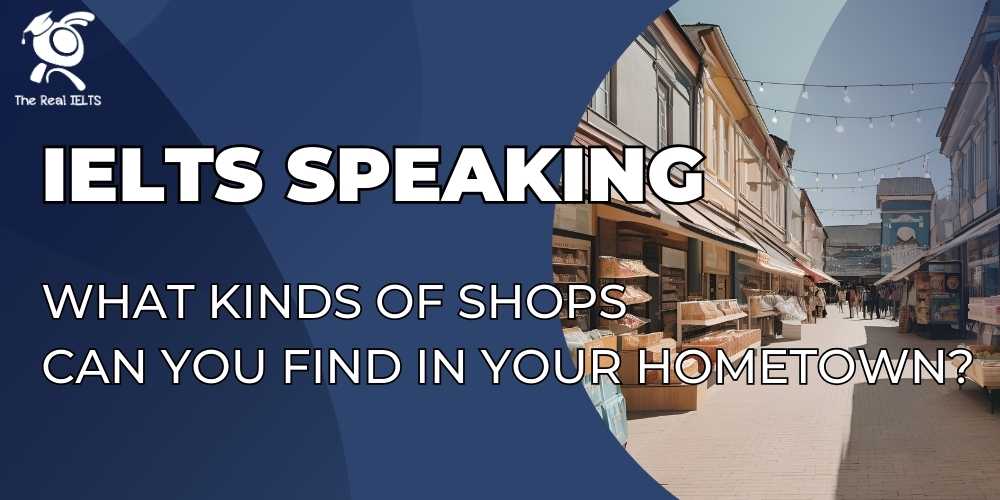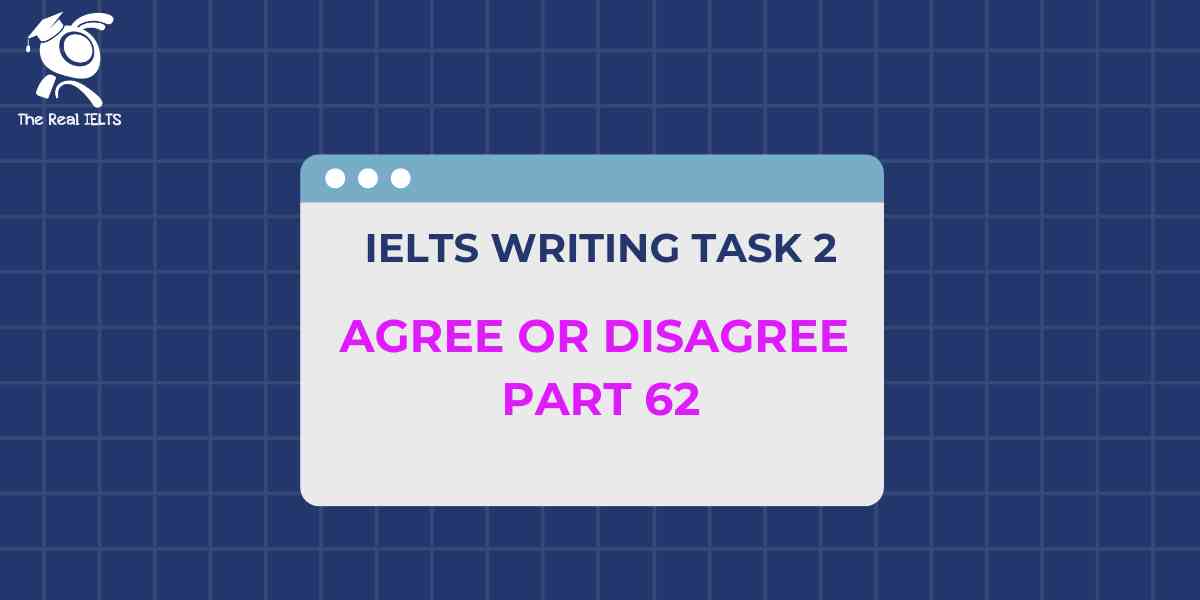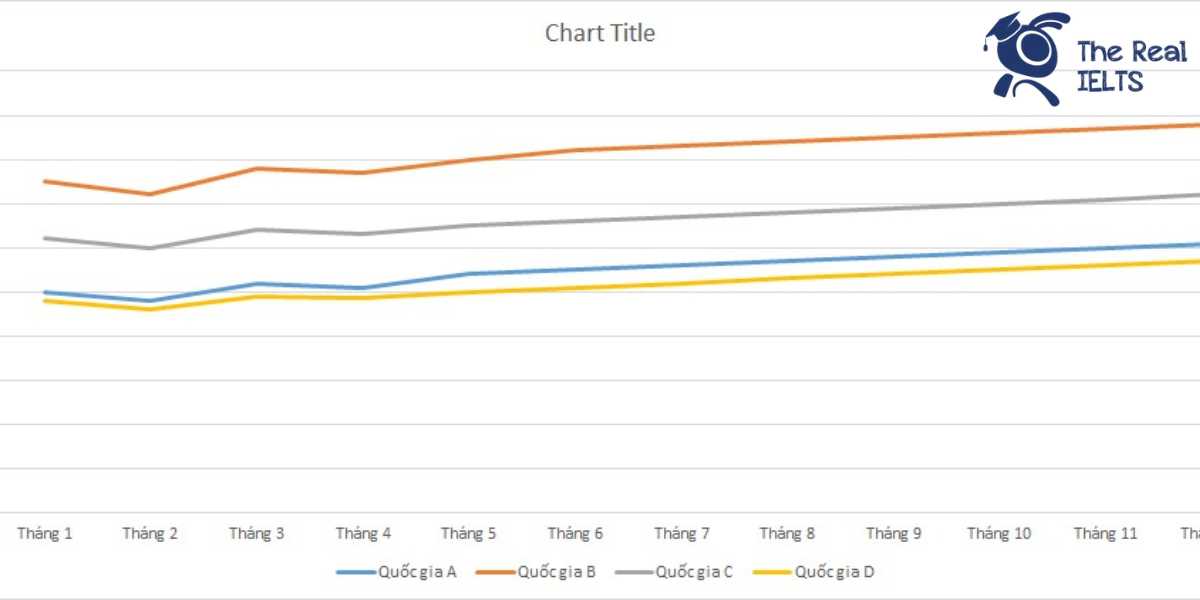IELTS Speaking: What kinds of shops can you find in your hometown? – Bài viết hướng dẫn cách liệt kê và mô tả các loại cửa hàng ở quê hương. Bạn sẽ học từ vựng phong phú và cách sắp xếp ý tưởng để trả lời câu hỏi một cách mạch lạc và tự tin.
Đọc thêm các bài luyện thi IELTS khác.
Đọc thêm câu hỏi khác tại: IELTS Speaking Part 1: Introduction and Interview chủ đề Your hometown.
Đọc thêm IELTS Speaking: How are the shopping areas in your hometown?
Câu trả lời IELTS Speaking: What kinds of shops can you find in your hometown?
Ví dụ 1
Introduction:
Let me tell you about the kinds of shops you can find in my hometown, Hanoi, which is the bustling capital of Vietnam. Located in the northern part of the country, Hanoi is not just the political and cultural heart of Vietnam but also a vibrant hub for all kinds of shopping experiences. The diversity of shops here holds a special place in my heart, as they reflect the unique blend of tradition and modernity that defines the city.
Geographical Description:
Hanoi’s layout is a fascinating mix of narrow streets in the Old Quarter and broad avenues in newer districts. The Old Quarter, with its 36 ancient streets, is a treasure trove for shopaholics. Here, each street historically specialized in selling one type of product, like Hang Bac for silverware and Hang Gai for silk. Meanwhile, modern shopping malls and department stores are scattered across areas like Ba Dinh and Cau Giay districts, catering to the contemporary needs of residents and tourists alike.
Cultural Aspects:
Shopping in Hanoi isn’t just about buying things—it’s an experience steeped in culture. Traditional markets like Dong Xuan Market offer everything from fresh produce to handicrafts, reflecting the city’s rich heritage. Specialty shops sell iconic items such as ao dai (Vietnamese traditional dress), lacquerware, and handmade ceramics from Bat Trang Village nearby. Additionally, Hanoi’s coffee shops and tea houses, often small and family-owned, serve as cultural hubs where people gather and connect.
Historical Background:
Historically, Hanoi has been a center for trade and commerce for centuries. The Old Quarter’s unique specialization dates back to the 13th century, when craft guilds flourished. Many of the shopfronts here are part of ancient shophouses that blend residential and commercial spaces, a testament to the city’s entrepreneurial spirit. This historical backdrop makes shopping in Hanoi feel like stepping into a living museum.
Economic Activities:
In terms of economic activities, Hanoi is a hub for both traditional and modern commerce. Street vendors and small shops coexist with international brands in luxury malls like Lotte Center and Vincom Mega Mall. These malls house everything from clothing and electronics to bookstores and entertainment centers, catering to all demographics. The vibrant mix of retail shops sustains the livelihoods of many and fuels the local economy.
Personal Connection:
Growing up in Hanoi, I have fond memories of visiting traditional markets with my family during Tet, the Lunar New Year. I remember the bustling atmosphere as we bought flowers, festive decorations, and snacks. Now, whenever I step into a modern mall or walk through the Old Quarter, I feel a deep connection to my hometown. It’s this combination of the old and the new that makes Hanoi special to me.
Conclusion:
In summary, Hanoi offers an eclectic mix of shops, from traditional craft stores and bustling markets to sleek, modern shopping malls. What I love most about the shops in my hometown is how they embody the essence of Hanoi—its history, culture, and vibrant energy. Shopping here isn’t just about the products; it’s about experiencing the soul of the city.
Ví dụ 2
Introduction:
When it comes to the variety of shops in my hometown, Hanoi, the options are as diverse as the city itself. Hanoi is the capital of Vietnam and a place where tradition meets modernity in every aspect, including shopping. This mix of old-world charm and contemporary convenience makes shopping here an integral part of life and culture.
Geographical Description:
Hanoi’s shopping scene is deeply influenced by its geographical layout. The Old Quarter, famous for its 36 ancient streets, is home to traditional shops selling silk, souvenirs, and local delicacies. Just a short drive away, the newer districts like My Dinh and Times City boast large shopping complexes with everything from international fashion brands to high-tech gadgets. This geographical diversity allows for a wide range of shopping experiences within a relatively small area.
Cultural Aspects:
Shopping in Hanoi is steeped in cultural richness. Traditional markets like Dong Xuan and Hom Market are bustling hubs for locals to buy fresh produce, textiles, and household goods. These markets have been around for generations and reflect the way Hanoians value local craftsmanship and community connections. On the other hand, the city also has trendy boutique stores in areas like Ba Trieu Street, where you can find unique clothing designed by Vietnamese artists.
Historical Background:
Hanoi’s shops carry historical significance, especially in the Old Quarter. Streets like Hang Ma, which sells decorations, and Hang Dau, known for shoes, have specialized in their respective trades for centuries. Many of these shops operate out of colonial-era buildings, adding a historical charm to the shopping experience.
Economic Activities:
The economy of Hanoi thrives on a mix of traditional and modern retail. Small, family-run shops are a cornerstone of the local economy, while luxury shopping malls like Aeon Mall and Trang Tien Plaza attract wealthier customers. These malls offer high-end fashion, home goods, and entertainment facilities, drawing a diverse crowd. The coexistence of these economic models highlights the city’s adaptability and resilience.
Personal Connection:
One of my favorite things about shopping in Hanoi is how personal the experience feels. I remember visiting the flower markets early in the morning with my parents to buy fresh blooms for special occasions. Later, as a teenager, I spent hours in bookstores like Fahasa, browsing novels and stationery. These moments have left me with a sense of belonging and pride in the shops of my hometown.
Conclusion:
In conclusion, the shops in Hanoi offer a perfect blend of traditional and modern experiences, catering to everyone’s tastes and needs. From the vibrant markets to luxurious malls, there’s something special about the way shopping here reflects the city’s culture and identity. What I love most is how every shop, no matter how big or small, has its own story to tell, just like Hanoi itself.















